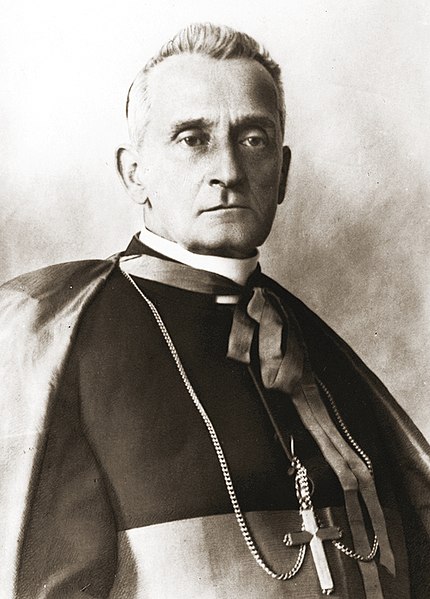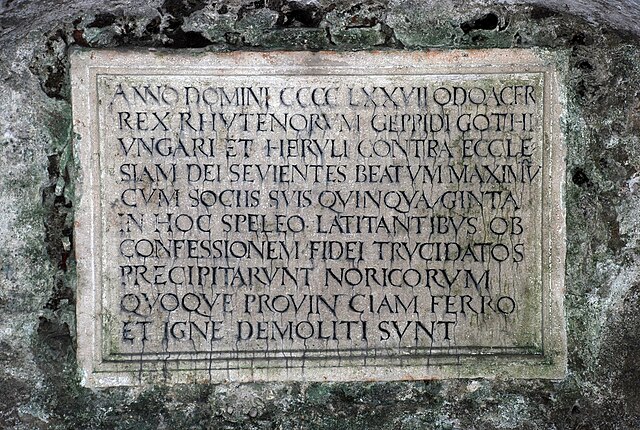The House of Sapieha is a Polish-Lithuanian noble and magnate family of Lithuanian and Ruthenian origin, descending from the medieval boyars of Smolensk and Polotsk. The family acquired great influence and wealth in the Polish–Lithuanian Commonwealth during the 16th century.
Adam Stefan Sapieha – Archbishop of Kraków.
Coat of arms of Sapieha, 1786
Sapieha Palace in Vilnius
Ruins of the castle in Holszany (1853)
Ruthenian and Ruthene are exonyms of Latin origin, formerly used in Eastern and Central Europe as common ethnonyms for East Slavs, particularly during the late medieval and early modern periods. The Latin term Rutheni was used in medieval sources to describe all Eastern Slavs of the Grand Duchy of Lithuania, as an exonym for people of the former Kievan Rus', thus including ancestors of the modern Belarusians, Rusyns and Ukrainians. The use of Ruthenian and related exonyms continued through the early modern period, developing several distinctive meanings, both in terms of their regional scopes and additional religious connotations.
A boy with the pilgrimage flag with the Ruthenian lion during the Ruthenian pilgrimage to the Holy Land in 1906
Ruthenians of Kholm (Chełm) in 1861.
Ruthenians of Podlachia in the second half of the 19th century.
Latin memorial plate from 1521, that mentions king Odoacer as Rex Rhutenorum (Petersfriedhof, Salzburg).








